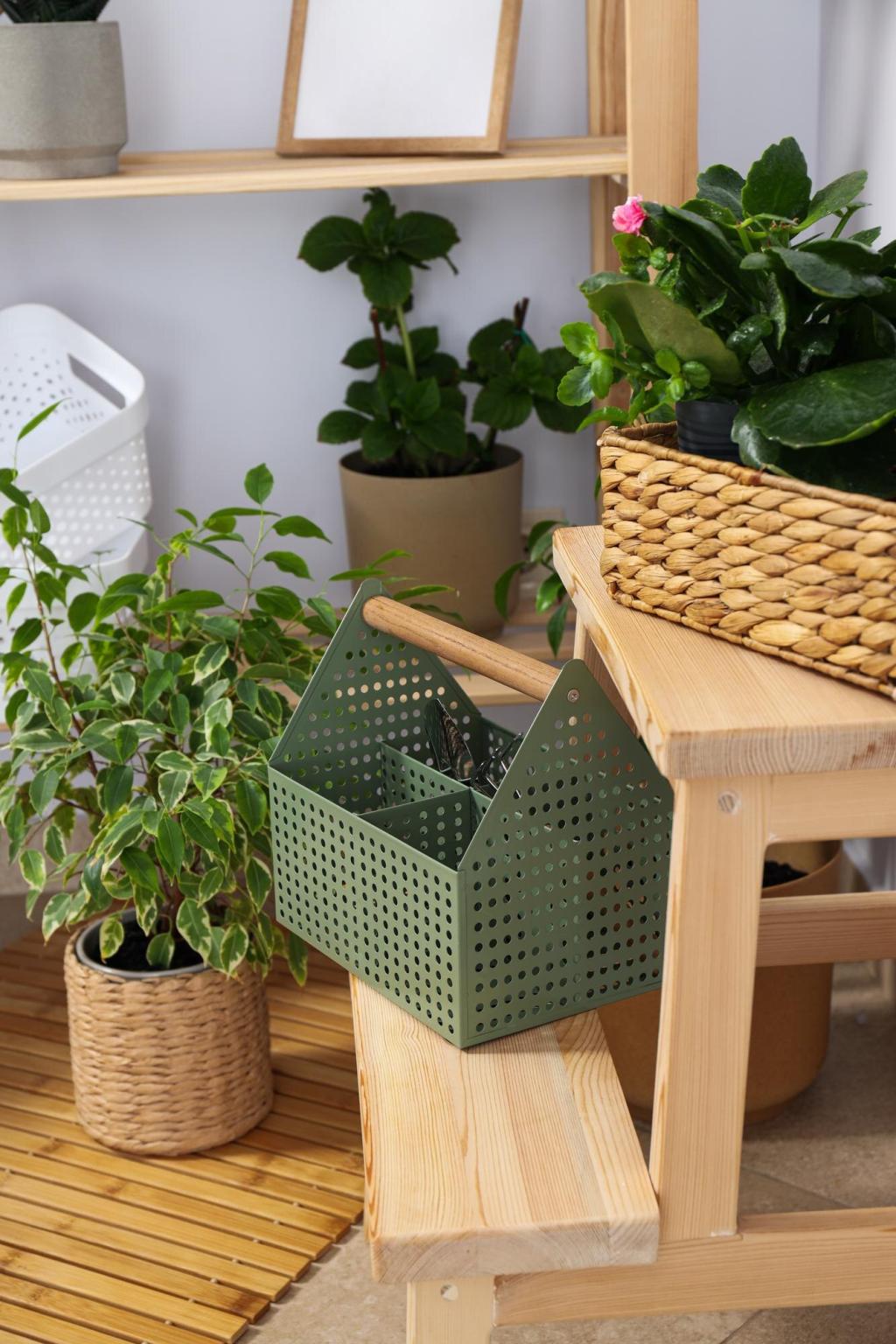
Sustainable Hardwood Alternatives for Flooring: Beautiful, Durable, and Earth-Conscious
Chosen theme: Sustainable Hardwood Alternatives for Flooring. Explore eco-friendly, high-performance surfaces that protect forests, elevate design, and fit real-life budgets. Join our community, share your questions, and subscribe for fresh, practical guidance with every new post.
Why Look Beyond Traditional Hardwood?
01
Conserving primary forests matters. Many alternatives reduce logging pressure, store carbon, and support regenerative materials. When paired with credible certifications and transparent supply chains, they help protect habitats while still delivering the warm, natural character homeowners love.
02
Modern alternatives resist dents, moisture, and temperature swings better than many solid hardwoods. From stabilized cores to factory-cured finishes, they last longer with less upkeep. Tell us what performance challenges your home faces, and we’ll tailor future tips to your needs.
03
Alternatives now span serene Scandinavian tones, dramatic charcoals, organic marbling, and rustic patina. Texture, plank width, and edge detail can echo hardwood’s charm while creating something fresh. Comment with your style goals so we can recommend sustainable options that truly match your vision.
Bamboo: Rapidly Renewable Elegance
Strand-woven bamboo compresses fibers under heat and adhesive to create exceptionally hard planks, often exceeding oak and maple in dent resistance. It thrives in active households with pets and kids, and its contemporary grain lends serenity to minimal, light-filled interiors.

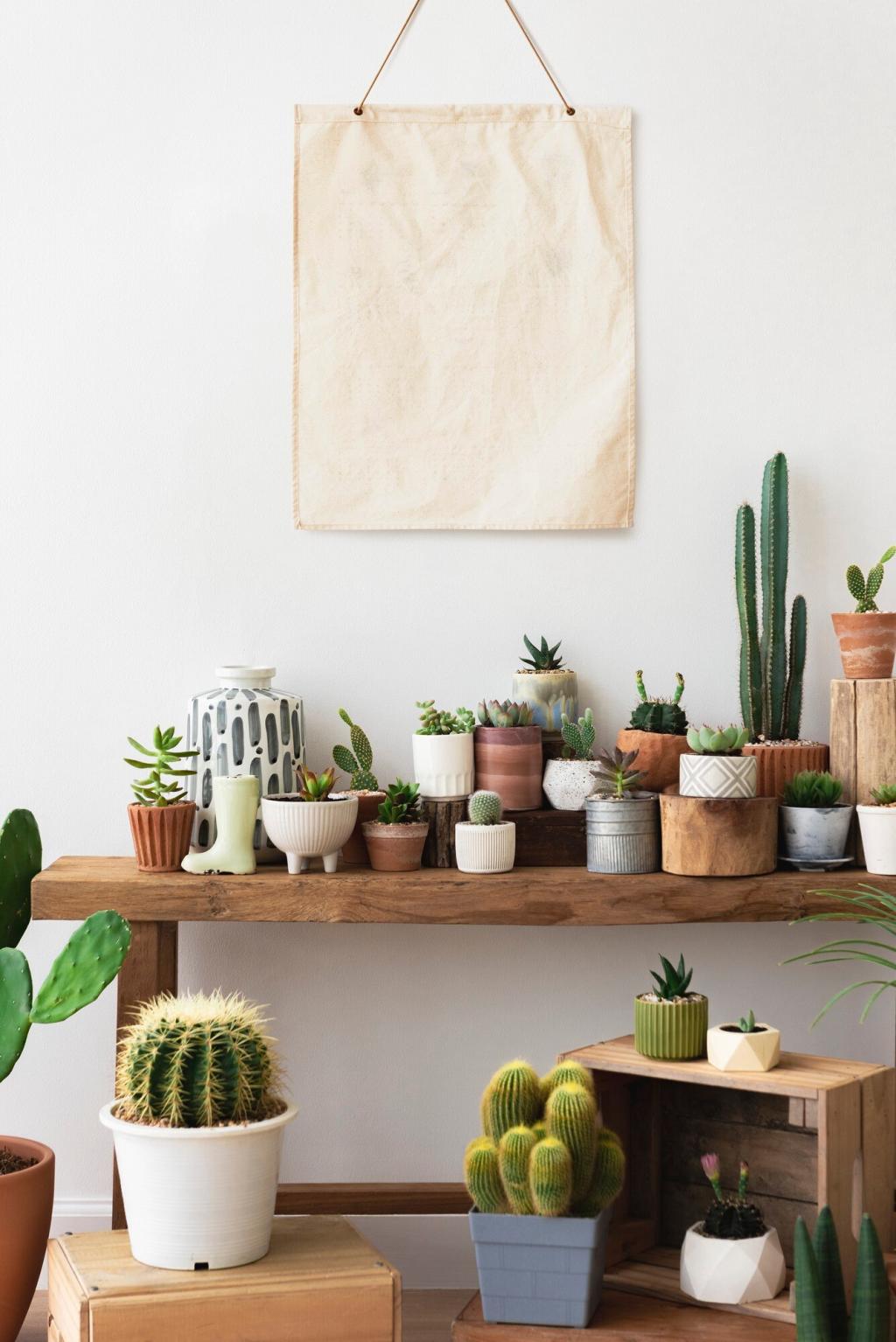
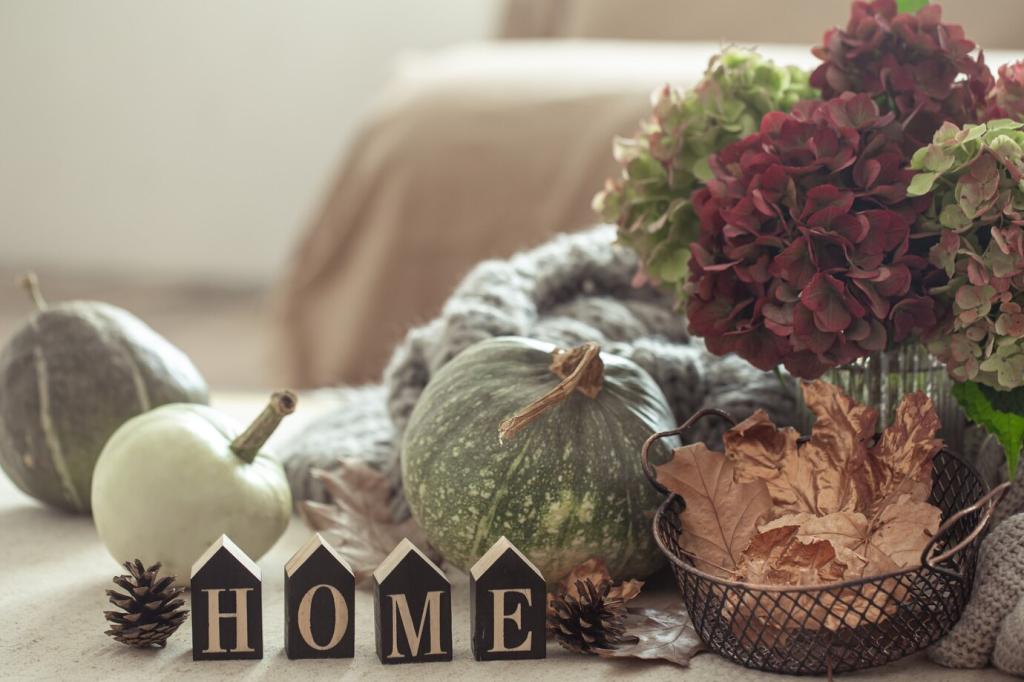
Cork: Soft, Silent, and Circular
Skilled stewards remove cork oak bark every nine to twelve years without felling the tree. This tradition sustains biodiverse landscapes and rural livelihoods. Choosing cork supports regenerative cycles, proving that luxurious floors can coexist with living forests and long-term ecological health.
Cork: Soft, Silent, and Circular
Cork’s cellular structure compresses and rebounds, easing joints during long cooking sessions while dampening noise between rooms. Its thermal insulation keeps bare feet cozy in winter. If you crave quiet, comment with your floor plan and we’ll suggest cork layouts that maximize serenity.
Engineered Wood with Responsible Cores
Resource Efficiency by Design
A carefully sliced veneer yields many planks from a single log, reducing demand on rare or slow-growing species. Pair that with FSC or PEFC sourcing, and you gain real wood beauty with a lighter footprint. Tell us which species you love—oak, ash, walnut—and we’ll share responsible options.
Low-VOC, High-Performance
Quality engineered floors use stable, cross-laminated cores and low-VOC adhesives that meet stringent emissions standards. They resist cupping across seasonal humidity swings and often perform well over radiant heat. Ask installers for documentation, and post your findings to help our readers compare.
Refinishing and Longevity
Thicker wear layers allow one to three sand-and-refinish cycles, extending service life and value. Consider site-finished matte urethane or hardwax oils for repairability. If you’ve refinished engineered floors, share your timeline and results to inform smarter lifetime cost calculations.
Reclaimed and Salvaged Timber
Nail holes, saw marks, and deep patina carry decades of history. Old-growth boards often display tight grain and remarkable stability. Each room becomes a conversation piece, connecting your home to regional craft and culture. Share your favorite reclaimed find—we love a good salvage story.
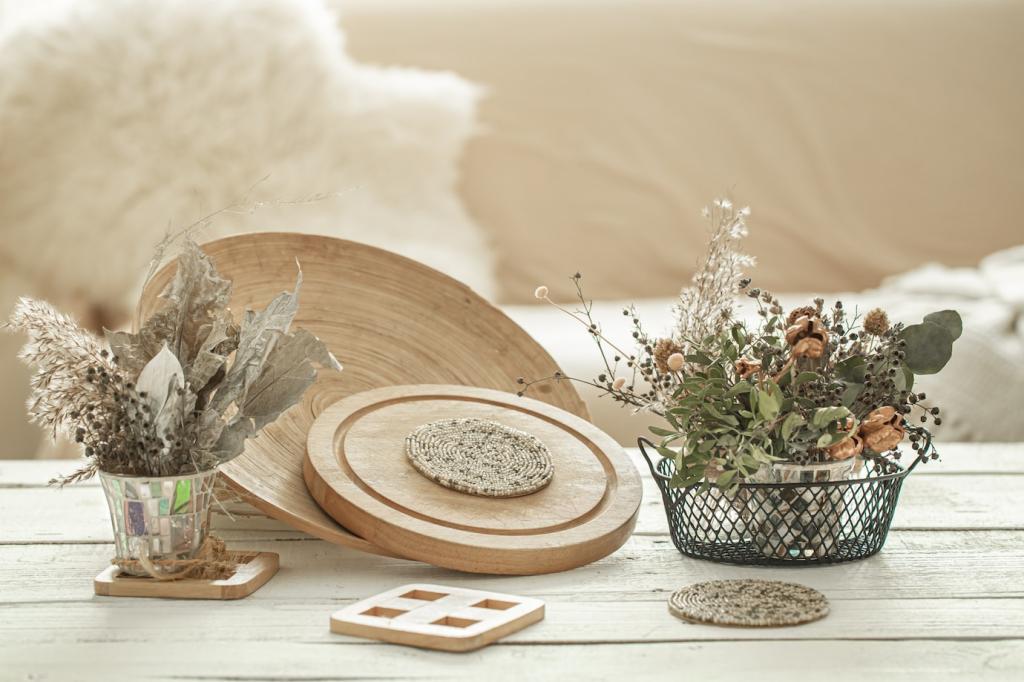
Natural Linoleum and Bio-Based Composites
Ingredients You Can Pronounce
Natural linoleum blends linseed oil, pine rosin, wood flour, limestone, and pigments on a jute backing. Many lines publish environmental product declarations and carry trusted indoor air certifications. End-of-life pathways can include recycling or responsible recovery—ask brands, then share responses here.
Performance in Real Homes
Linoleum resists static, is naturally bacteriostatic, and can be spot-repaired with care kits. In kitchens and mudrooms it excels when seams are well planned. Tell us about your household traffic patterns, and we’ll recommend installation strategies that boost durability and easy maintenance.
Color Without Compromise
From subtle marbling to saturated solids, modern palettes help define open plans and playful kid zones. Low-gloss finishes hide scuffs, while borders create helpful wayfinding. Comment with your favorite colorway, and subscribe for our upcoming guide to eco-friendly floor color psychology.
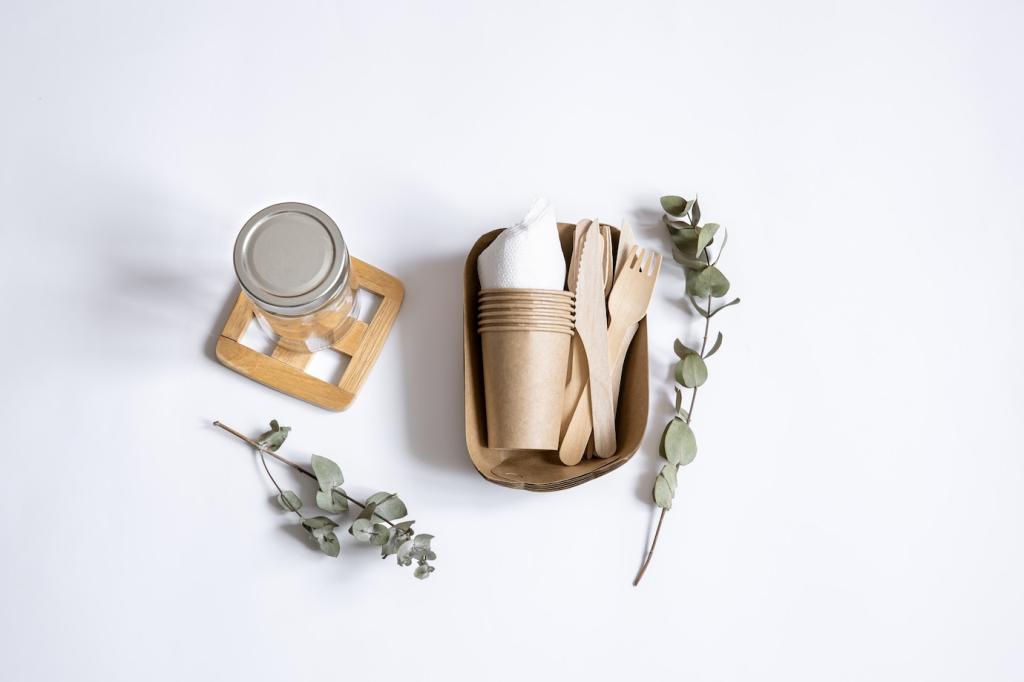
Decode the Labels
Look for FSC or PEFC for responsible wood, FloorScore or GREENGUARD Gold for low emissions, and published EPDs for transparency. Declare labels and third-party audits build confidence. Share labels you’ve encountered, and we’ll help interpret them in a follow-up subscriber-only breakdown.
Ask Better Questions
Request details on adhesive chemistry, recycled content, take-back programs, and regional sourcing. Compare warranties and maintenance requirements over a realistic lifecycle. Post your shortlist in the comments, and we’ll highlight trade-offs in an upcoming community Q&A feature.
Your Story, Your Space
A reader swapped dated hardwood for cork and reduced echo so much dinner conversations felt intimate again. Another chose bamboo for a sunroom and finally tamed seasonal gaps. Share your flooring journey, and subscribe for real-world case studies delivered straight to your inbox.
